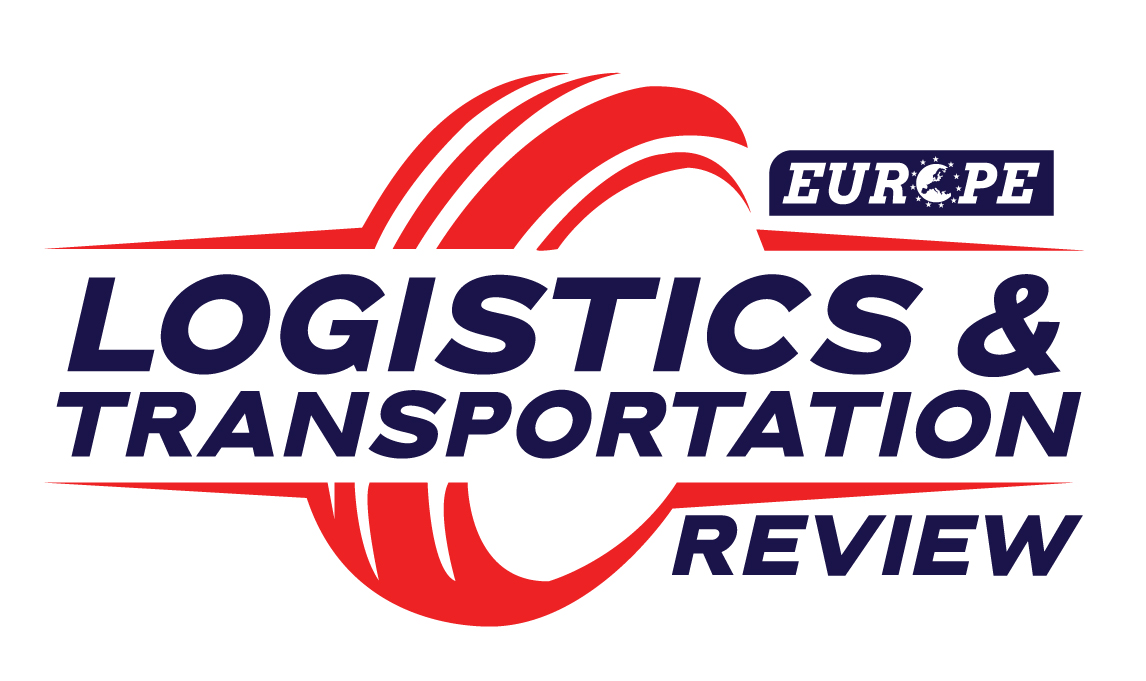In today's uncertain economy, brands need to take on a customer-centric strategy as they strive to "meet customers where they are" and enhance the customer experience. When it comes to creating a multi-node fulfillment network, geography, and a third-party logistics (3PL) partner matter.
In the fall of 2022, we opened a second West Coast Distribution Center (DC) in Las Vegas. Its ideal location provides easy access for drivers and is within 20 miles of the airport. We chose this region after eliminating other areas based on land costs, the type of workforce in place, and proximity to ground and air transportation. We opened our first facility in the area during the online shopping boom that occurred as a result of the pandemic but quickly outgrew that space.
Building from the ground up, we were able to design the layout of this facility to optimize eCommerce fulfillment with a mix of stations for pick, pack, and ship solutions. Now we have some 150,000 square feet of wide-open space to not only personalize packages for our customers but to enrich the experience for our employees as well. In a tight labor market, keeping employees happy is crucial.
All about Location
With brands selling products across multiple channels and the need for reliable shipping to support digital purchases, the single-DC strategy is increasingly becoming a thing of the past. Brands need a tactical approach to support consumer desire to choose from a variety of delivery options, including alternative options such as buy online, pick up in-store (BOPIS), ship from store, curbside pickup, and more.
The key question is - how do we get orders out the door and into the hands of customers as quickly as possible? Brands are no longer beholden to a single hub and are getting creative about how they meet consumer demand. For instance, the SkinCeuticals brand under L’Oréal USA had a loyalty redemption program that needed a fulfillment provider. Customers had redeemed points for merchandise, but the company did not have a viable order fulfillment solution for the program. The answer was a pop-up DC run by PFS. With minimal set-up time and utilizing corporate staff, we completed and shipped the orders in one day.
Having the agility to utilize a smaller format when needed will pay off. Retailers are using their stores as well as traditional and non-traditional fulfillment spaces to support multi-node fulfillment operations. To do this effectively, they need complete visibility of all inventory across omnichannel operations like stores and DCs.







